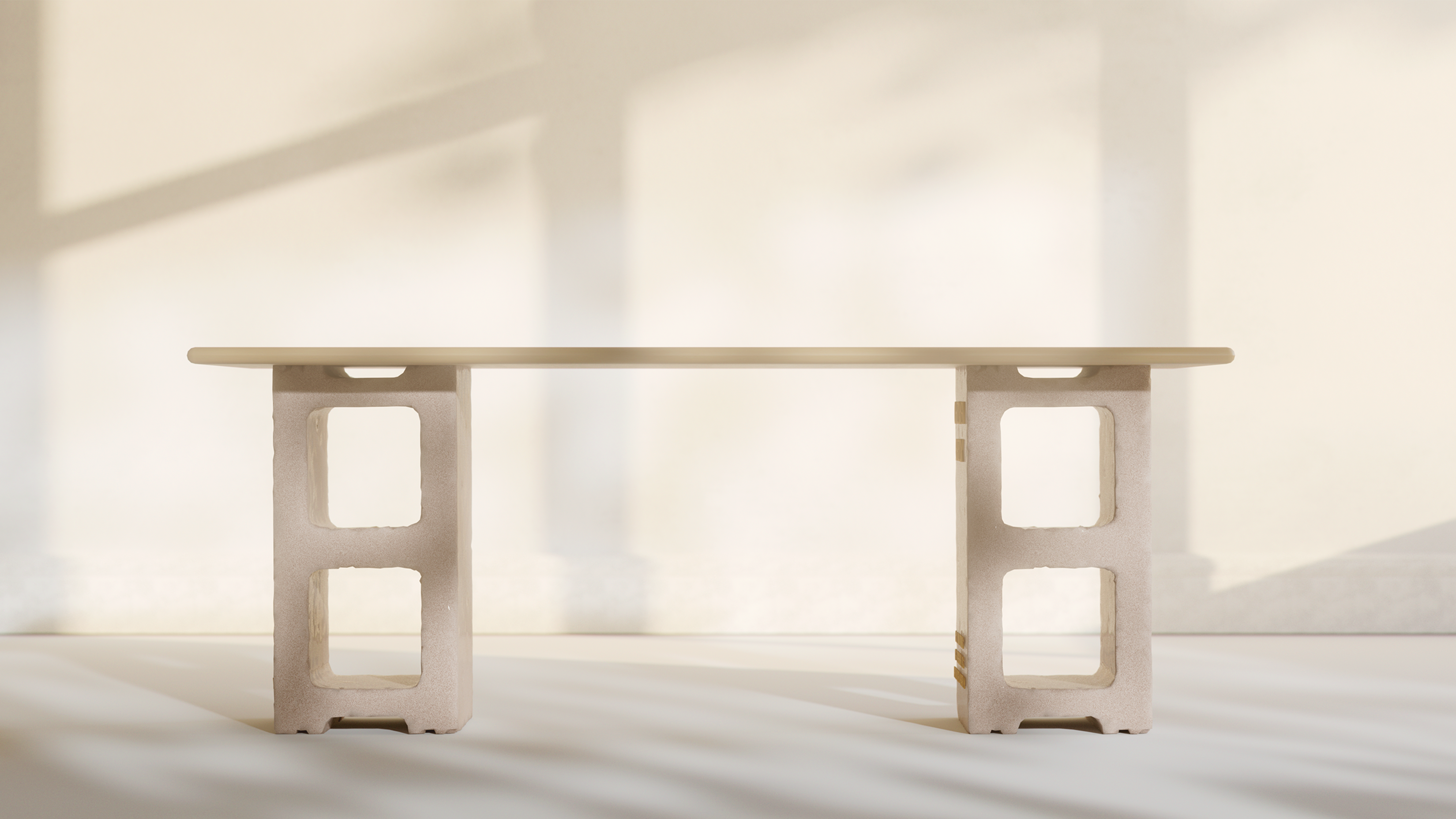


CHICKEN BRICK
(BioDesign) (Course Project) (2023)The Chicken Brick project sought to repurpose waste derived from chicken consumption into a biomaterial. Eggshells and chicken bones are almost always discarded by both individuals and the food industry, which has harmful effects on the environment. Through a comprehensive investigation involving research, material testing, and prototyping, the primary aim was to develop a biodegradable artifact capable of not only repurposing chicken materials but also addressing a pertinent environmental concern.
PHASE 1
An in-depth investigation was conducted into the chicken farming industry and its consequential impact on the environment. The research narrowed into the intricate processes involved in the treatment and disposal of eggshells and chicken bones within the industrial context.
PHASE 2
One main challenge was devising an effective method of adequately pulverizing the bones, which would enable seamless integration with the other organic materials. The chicken bones and eggshells were subjected to a series of processes and testing, which included crushing, boiling, and baking until they reached a finely powdered state. Once the bones and eggshells were in powdered form, they were mixed and tested with other bio materials.



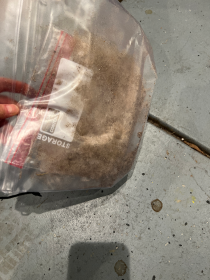

BONE PROCESS:
1. boil for 4 hours
2. Seperate cartiledge and meat from bone
3. 200 f oven for 4 hours
4. Smash in plastic bag until powder
5. Put into blender until as fine as possible
2. Seperate cartiledge and meat from bone
3. 200 f oven for 4 hours
4. Smash in plastic bag until powder
5. Put into blender until as fine as possible

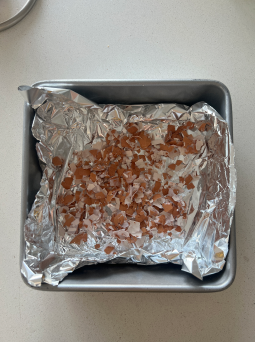
EGGSHELL PROCESS:
1. boil for 15 minutes
2. Oven 30 minutes at 250 F
3. crush in mortar
4. Blender
5. smash in mortar until ground like powder
2. Oven 30 minutes at 250 F
3. crush in mortar
4. Blender
5. smash in mortar until ground like powder
PHASE 3
Once the bones and eggshells were in powdered form, they were mixed and tested with other bio materials.
I noticed that many of my experiments produced materials with concrete-like properties extremely sturdy but lacking flexibility. This got me curious about the concrete industry and its relevance to my findings. I furthered my material testing trying to achieve the right ratios.
I noticed that many of my experiments produced materials with concrete-like properties extremely sturdy but lacking flexibility. This got me curious about the concrete industry and its relevance to my findings. I furthered my material testing trying to achieve the right ratios.

 Materials were refined and different ratios were tested.
Materials were refined and different ratios were tested.The lifecycle & divergence

PHASE 4

3D printed models were created in Cinema 4d then printed. The models were then placed in a silicon mold to create the needed molds to pour in the materials.
The main issue I encountered was the model's narrow shape, which made it challenging to fill the mold properly with the material and made the material prone to breaking and warpiong when releasing.
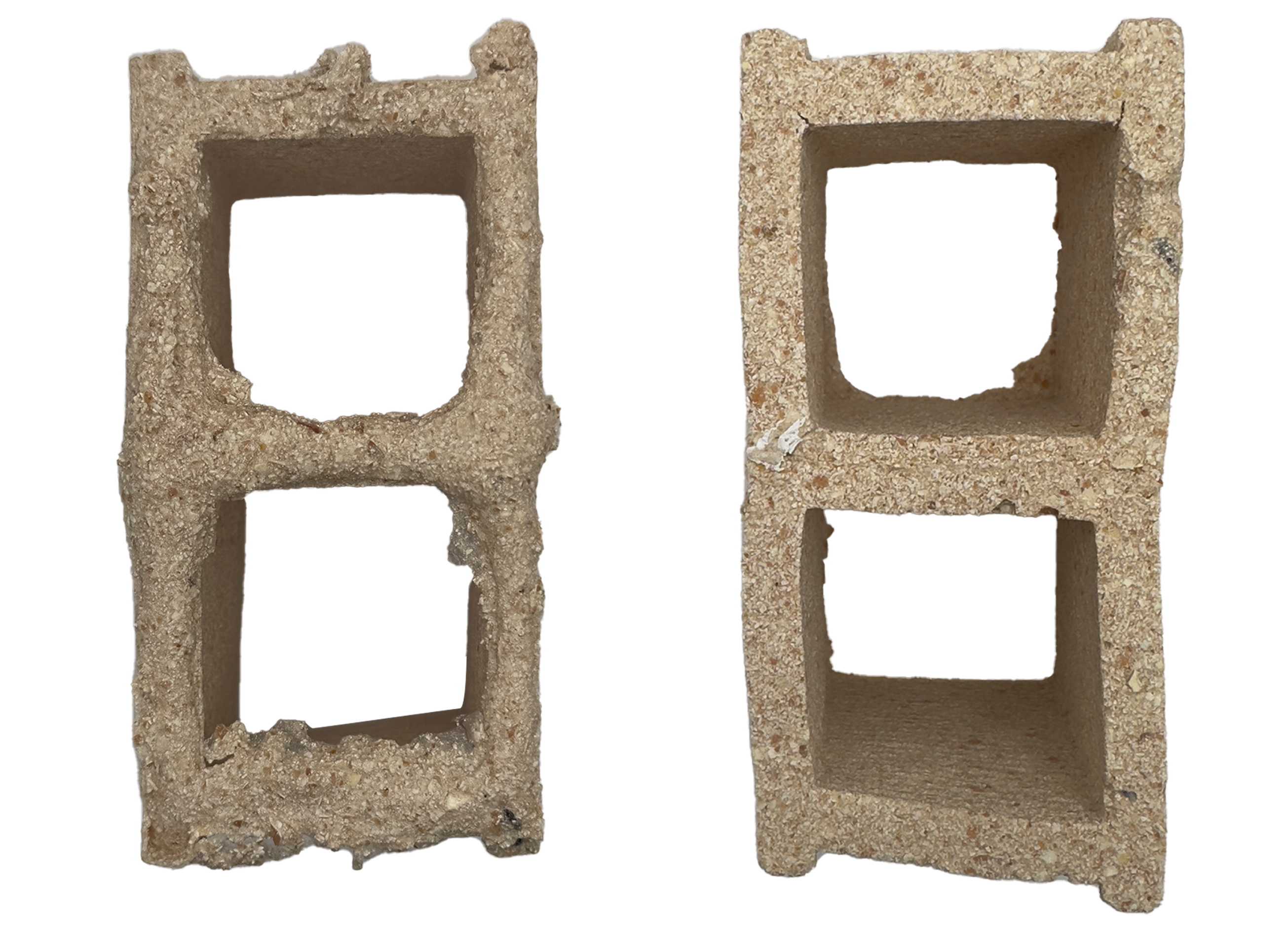
PHASE 5
The 3D model was refined by making the dimensions of the walls broader and thicker, and a new silicon mold was created to accommodate the new design. Following a 48-hour drying period, the mold was allowed to breathe through the cuts made on the sides of the walls. To evaluate its durability and strength, the material was tested, assessing its capacity to withstand varying weights and maintain structural integrity.
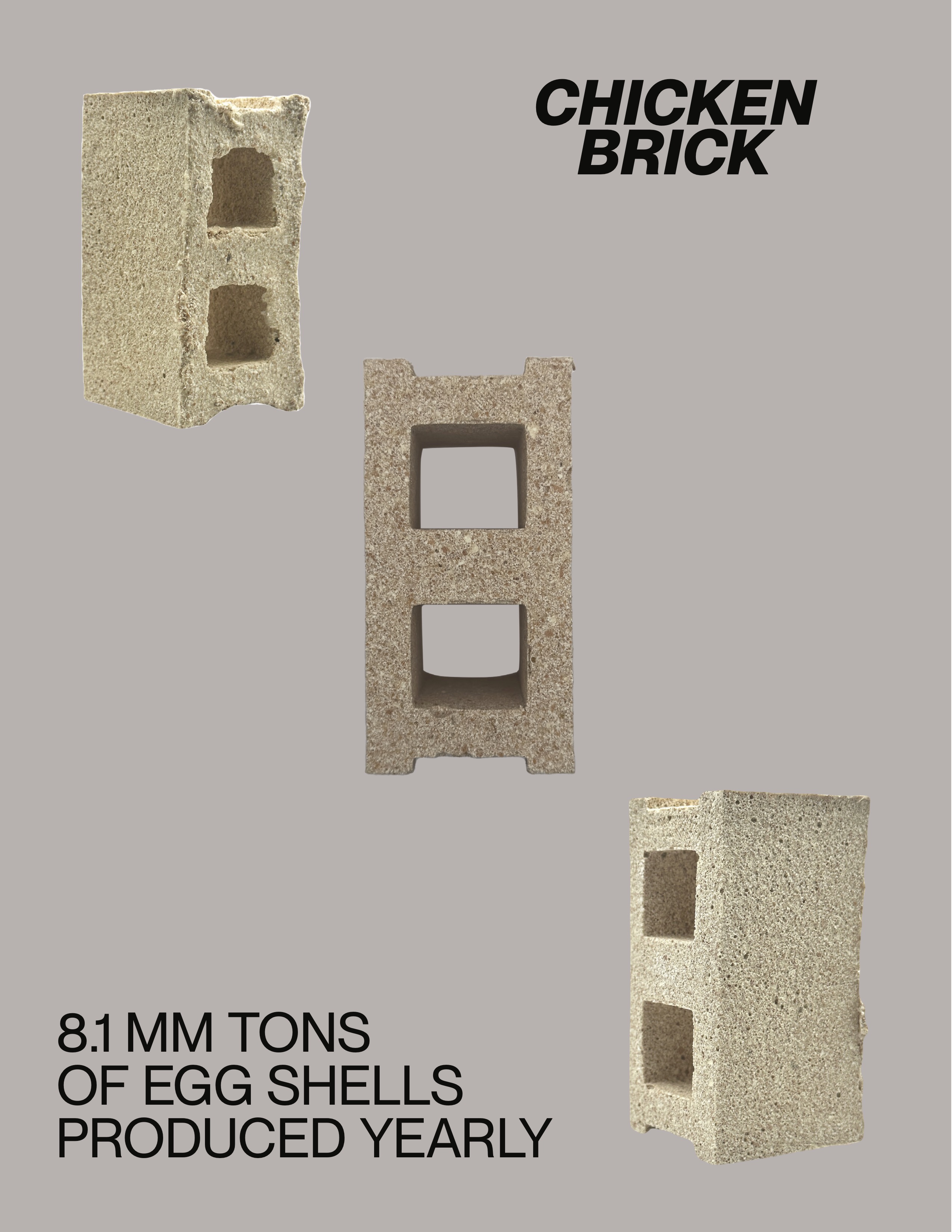

Chicken Brick can be used for a wide range of structural projects. Given it’s tested weight it is able to withstand I envisioned it being used as a structure for holding shelves, display tables, or desks.

